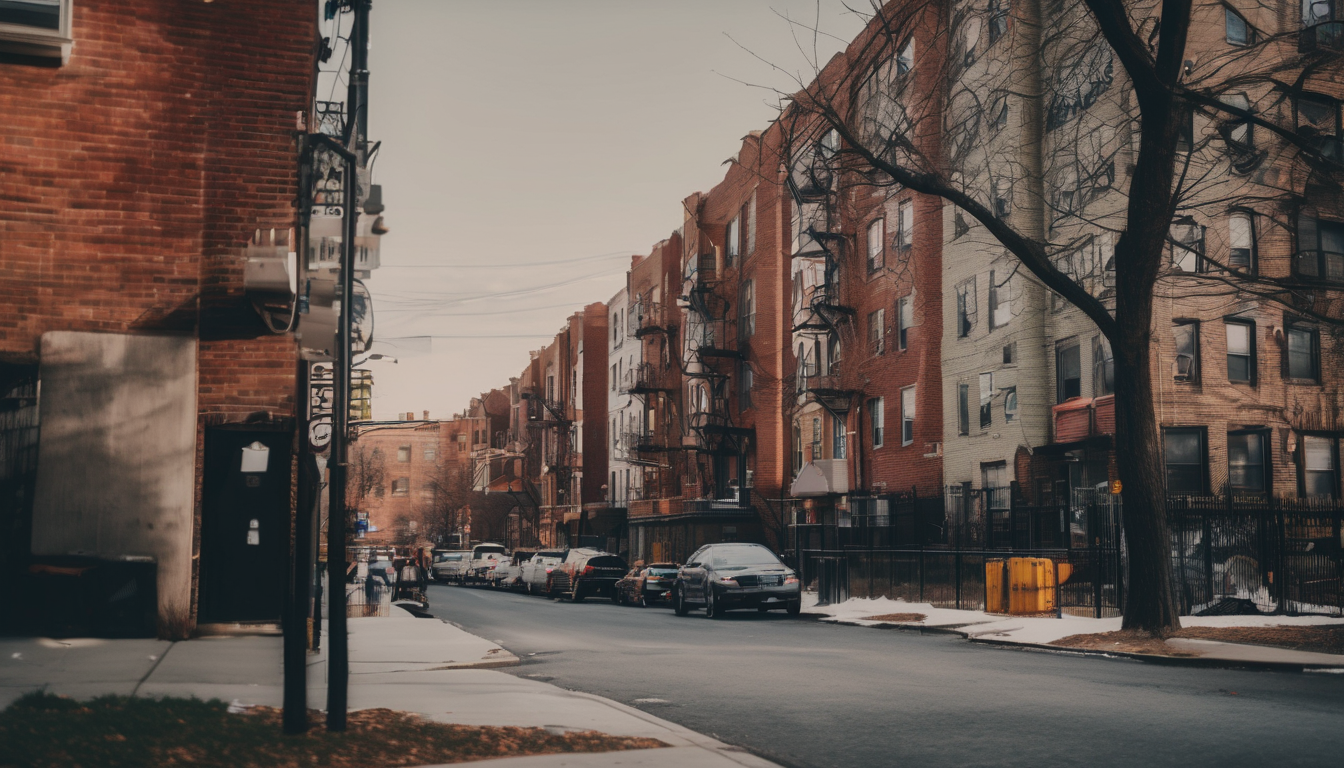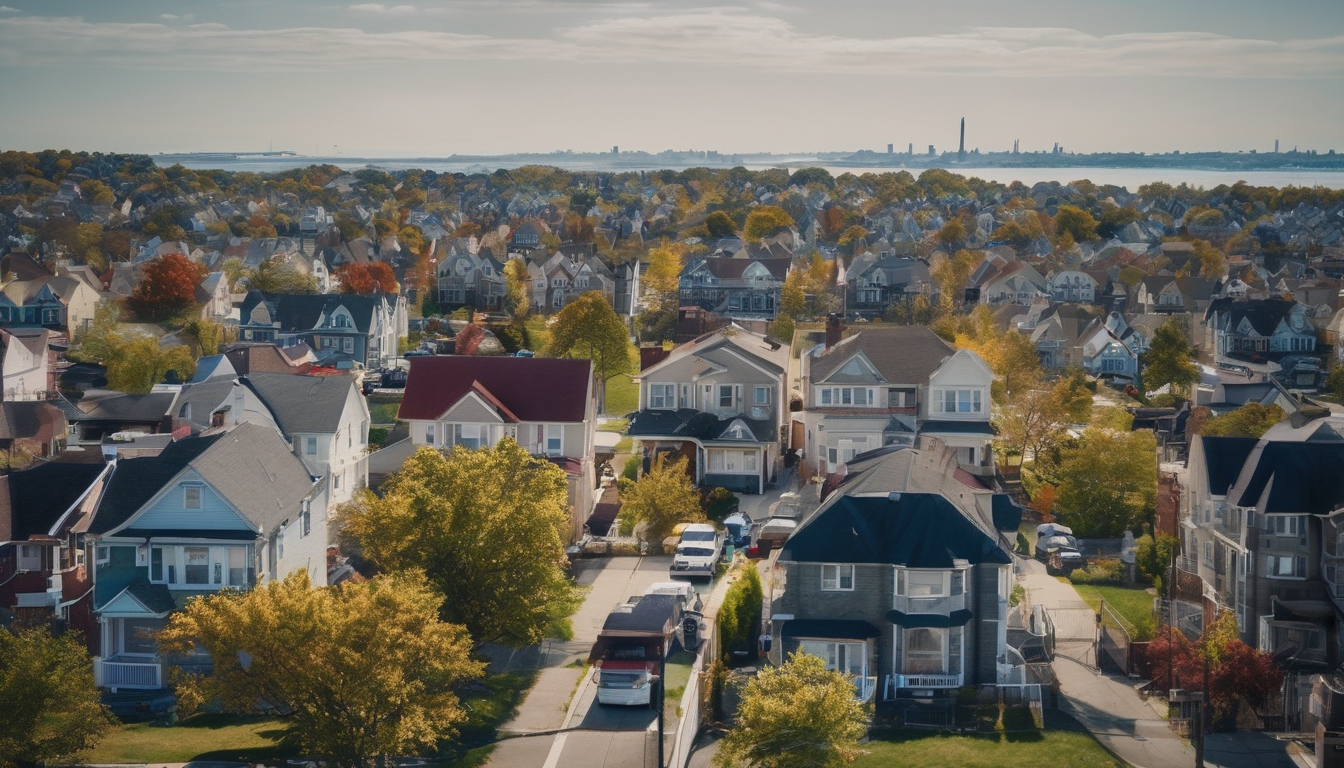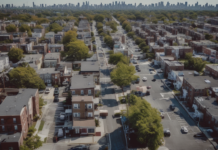If you are weighing Whitestone vs College Point Queens: Quiet Neighbourhoods for your next move, know this: average monthly rent for a two-bedroom flat in Whitestone is about $2,600, while College Point averages $2,200, as of November 2024. Both areas offer peaceful streets, but public transit from College Point to Manhattan takes 15-20 minutes longer during peak hours due to limited express options. For newcomers, Whitestone’s zoning keeps noise and traffic low, but finding a flat may require more time due to high demand and fewer rental listings. This matters because quiet, safe streets are a top priority, but balancing price, commute, and availability can be challenging for immigrants without local contacts. In this guide, you will find a side-by-side comparison of costs, commute times, and rental requirements, plus practical tips for securing a home in either neighbourhood. You will also get insider advice on community resources and what to expect when settling in.
Overview of Whitestone and College Point Neighborhoods

When it comes to settling in Queens, the Whitestone vs College Point Queens: Quiet Neighbourhoods for Immigrants question isn’t just about peace and quiet—it’s about finding your place in NYC’s sprawling mosaic. Whitestone, perched along the East River, feels almost suburban with its tree-lined streets, tidy front lawns, and a pace that’s more “Sunday stroll” than “Manhattan rush.” College Point, a little further east, channels a similar calm but with a quirkier, more industrial vibe. Both sit well north of the 7 train’s Flushing–Main Street terminus—so don’t expect to hop on a subway at your doorstep. But for many immigrants, that’s a small trade-off for affordability and breathing room. Rents in Whitestone hover around $2,300/month for a one-bedroom in 2024, while College Point can dip closer to $1,800, especially in pre-war walk-ups near 18th Ave and 127th St.
| Neighbourhood | Closest Subway | Average Rent (2024) | Nearest Commercial Strip |
|---|---|---|---|
| Whitestone | Flushing–Main St (7 train), 20 min by Q15 bus | $2,300 | 150th St & 14th Ave |
| College Point | Flushing–Main St (7 train), 15 min by Q25/Q20B bus | $1,800 | College Point Blvd & 18th Ave |
Key Factors to Consider When Choosing Queens Neighborhoods

When you’re weighing up Whitestone vs College Point Queens: Quiet Neighbourhoods for Immigrants, it’s not just about which spot feels sleepier. You’ve got to get granular. In 2024, a MetroCard swipe can make or break your weekday—Whitestone’s nearest subway is the Flushing–Main St 7 train, a solid 20-minute bus ride away, while in College Point you’re looking at similar commutes, with the Q25 and Q65 buses doing the heavy lifting. For immigrants hustling for jobs in Midtown Manhattan or prepping kids for school in Jackson Heights, transit isn’t a minor detail—it’s survival.
- Whitestone: Q15, Q15A to Flushing–Main St (7 train). Plan 45–60 min to Midtown.
- College Point: Q65 to Jamaica, Q25 to Flushing. Expect similar commute times.
- Unlimited MetroCard: $132/month. OMNY tap-and-go accepted everywhere.
Housing is a whole other beast. In Whitestone, expect 2-bedroom rentals averaging $2,600/month, with single-family homes edging north of $900,000. College Point’s prices trend slightly lower, but competition’s fierce—especially near 14th Avenue’s shopping strips and those tucked-away bodegas immigrants love. Factor in processing times for City services: local post offices (like 10-14 Clintonville St) open till 5:30pm, but lines can snake out the door. Quiet’s good, but not if you’re stuck waiting for paperwork or groceries after a long shift.
| Neighbourhood | 2BR Rent (avg) | Commute to Midtown | Nearest Subway |
|---|---|---|---|
| Whitestone | $2,600 | 45–60 min | Flushing–Main St (7 train) |
| College Point | $2,400 | 45–60 min | Flushing–Main St (via Q25/Q65) |
How to Determine Which Area Suits Your Needs

So, you’re torn between Whitestone and College Point—two of Queens’ best-kept secrets for those craving peace without sacrificing city perks. Determining which neighbourhood suits your needs starts by considering how you’ll navigate NYC’s sprawl. Whitestone, tucked at the northern edge of the borough, is just far enough from the 7 train at Flushing–Main St (41st Ave & Main St) to keep things tranquil, but don’t expect a quick Manhattan commute—plan on a 45-minute ride with a MetroCard swipe in 2024. College Point, meanwhile, leans on the Q65 bus to connect you to the subway grid, so keep your phone’s MTA app handy and budget for the occasional Uber when late-night service gaps hit.
| Neighbourhood | Main Transit Option | Commute to Midtown (min) | Monthly MetroCard |
|---|---|---|---|
| Whitestone | Q15A bus to 7 train | 45-60 | $132 |
| College Point | Q65 bus to 7 train | 50-65 | $132 |
Let’s talk real estate. Whitestone boasts detached homes with lawns—think “suburban Queens”—but rents in 2024 hover around $2,700 for a two-bedroom. College Point, with its mix of older row houses and newer condos, offers more starter options; a one-bedroom goes for about $2,200 near 14th Ave. But it’s not just about numbers: the vibe matters. Whitestone’s got Italian bakeries and tree-lined blocks, while College Point’s got more bodegas, laundromats, and a patchwork of immigrant-run businesses—Jackson Heights energy in a quieter package.
- Check school ratings at PS 79 (Whitestone) or PS 129 (College Point)—enrolment spots fill up fast for 2024-25.
- Visit each area on weekends and weekdays to gauge noise and traffic—especially near 20th Ave in College Point.
- Stop by the local library branch to see community events and office hours; these are immigrant lifelines.
Tips for Visiting Whitestone and College Point Queens

If you’re sizing up Whitestone vs College Point Queens: Quiet Neighbourhoods for Immigrants, let’s get practical. First off, neither of these areas is on the express train to Manhattan—literally. You’ll be relying on the Q15 and Q20 buses to reach the 7 train at Flushing–Main Street, so budget extra commute time, especially if you’re juggling shifts in Midtown or Jackson Heights. Swiping your MetroCard (or OMNY, if you’re up with 2024’s tech) is a daily ritual. Expect about $2.90 per ride, and yes, the price is likely to nudge up by 2025.
| Commute | Transit Options | Average Time | 2024 Price |
|---|---|---|---|
| Whitestone | Q15 to 7 train | 60-75 mins to Manhattan | $2.90 |
| College Point | Q25/Q65 to 7 train | 55-70 mins to Midtown | $2.90 |
Practical Advice for Immigrants Moving to These Neighborhoods

Let’s get real: moving to Queens, especially the quieter neighbourhoods like Whitestone or College Point, is a whole different game compared to settling in Jackson Heights or Astoria. If you’re an immigrant, you’ll find these areas less hectic, but also less obvious in terms of resources. The primary keyword here—Whitestone vs College Point Queens—means you’re picking between two fairly residential pockets, each with their own quirks. You won’t see a subway stop on every corner; Whitestone’s closest is the Flushing–Main St. (7 train), about a 20-minute bus ride, while College Point locals rely on the Q20 or Q65 to get you to a train. Forget about hopping on the E or F train at Roosevelt Avenue—here, bus schedules and MetroCard refills at your local bodega are your lifeline.
- Nearest subway: Whitestone (Flushing–Main St. 7 line); College Point (Flushing–Main St. 7 line via Q65 bus)
- Weekly MetroCard: $34; Single fare: $2.90
- Average bus wait: 8–15 minutes during peak hours
- Travel time to Midtown Manhattan: 55–75 minutes
Immigrants often ask me, “What’s the best way to get settled?” In these corners of Queens, networking happens in church basements, local delis, and the community centres dotted along 14th Avenue (Whitestone) or College Point Boulevard. Job leads often come from a neighbour’s cousin, not just from Indeed or Craigslist. For paperwork, the Flushing Immigration Office on Main Street (open weekdays 8:30am–4:30pm) is your go-to for green card queries and document notarisation—expect 2–3 month processing times in 2024. Rents here are more forgiving: expect $2,300–$2,800 for a two-bedroom, but landlords still want full documentation, so keep those pay stubs and references handy.
| Essential Local Resources | Address | Notes |
|---|---|---|
| Flushing Immigration Office | 138-50 Barclay Ave, Flushing | Open 8:30am–4:30pm, Mon–Fri |
| Whitestone Branch Library | 151-10 14th Ave, Whitestone | Community events, free Wi-Fi |
| College Point Food Bazaar | 20-30 College Point Blvd | Affordable groceries, international foods |
You now have a clear understanding of the similarities and differences between Whitestone and College Point Queens as quiet neighbourhoods for immigrants. This knowledge can help you make informed decisions about where to settle, considering factors like community vibe, amenities, and accessibility. With this insight, you can approach your move with confidence and a clearer sense of what to expect, saving you time and potential stress during your planning process.
Your first step is to visit both neighbourhoods in person if possible, ideally during different times of the day, to get a real feel for the environment. Plan your visit within the next few weeks to better understand the daily life and community atmosphere before making a final decision.
Have questions or need further guidance? Share your thoughts in the comments below. For additional tips on relocating to Queens, check our comprehensive Relocation Guide on indonewyork.com.














